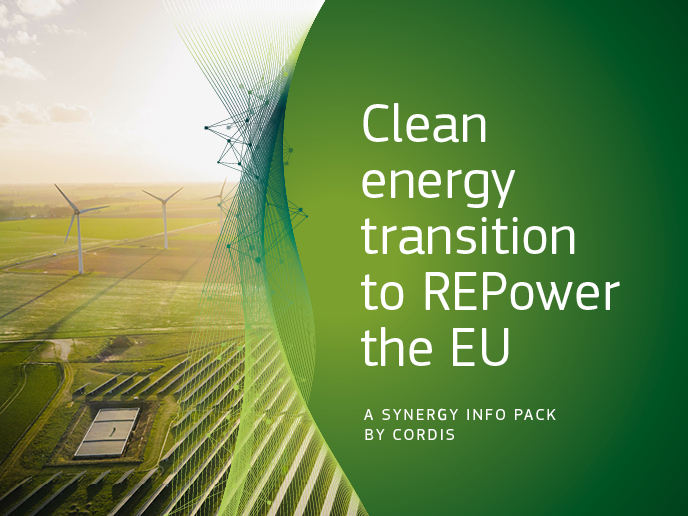Nano-crystal research to revolutionise electronics
Recent developments in the design and synthesis of nano-scale building blocks as active elements in opto- or bio-electronic devices with tailored electronic functionality have huge potential. Indeed, scientists believe they could revolutionise multi-billion-dollar markets across many technology sectors, including healthcare, printable electronics and security. Ligand-stabilised inorganic nano-crystals and functional organic molecules are attractive building blocks because of their size-dependent opto-electronic properties, the availability of low-cost synthesis processes, and the potential to form ordered structures via (bio)-molecular recognition and self-assembly. Scientists are therefore working to harness the complementary properties of nano-crystals and functional molecules. They claim this is a unique opportunity to generate new knowledge and develop new classes of high-knowledge-content materials that have been tailored specifically for key applications, such as printable electronics, bio-sensing or energy conversion. During the first 18 months of the 'Multi-scale formation of functional nano-crystal molecule assemblies and architectures' (Funmol) project, researchers designed, synthesised and characterised a number of novel linker molecular systems with novel (opto)-electrical functionalities in isolation and within nano-crystal-based assemblies. They also developed a variety of novel bio-molecular and protein- based materials and tested them both in solution and with technologically relevant substrates.







